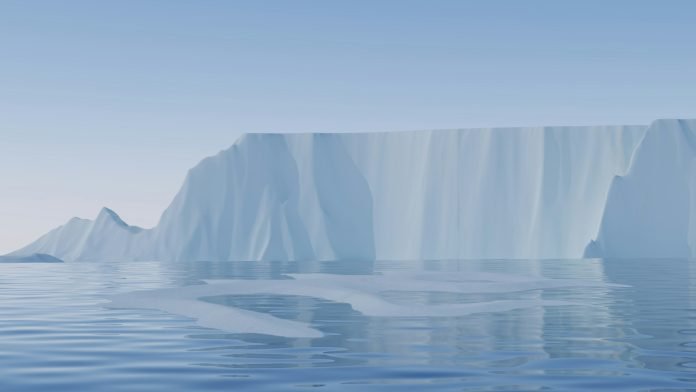
Scientists have uncovered a new way that large ice sheets in Antarctica can melt, which could change our understanding of how quickly sea levels might rise due to global warming.
This research, led by scientists at the British Antarctic Survey (BAS), has revealed how warm seawater can reach the underside of grounded ice sheets, speeding up their movement into the ocean.
These findings are published in Nature Geoscience.
Alex Bradley, an ice dynamics researcher at BAS and the lead author of the study, explains that they have identified a new tipping point in how the Antarctic ice sheet melts.
This means that current predictions of sea level rise might be underestimates.
The study focuses on the grounding zone, which is where the land-based ice meets the sea. Over time, this ice moves into the ocean and melts, contributing to rising sea levels. This process occurs around the coasts of Antarctica and Greenland.
The new study shows that seawater can seep between the land and the ice sheet, causing localized melting and lubricating the ice bed.
This makes it easier for the ice to slide toward the sea. As the ocean water warms, this process speeds up.
Bradley describes the grounding zone as very sensitive to temperature changes. Even a small increase in ocean temperature can lead to a significant increase in melting in this area, accelerating the flow of ice above it.
When warm water melts the ice in the grounding zone, it creates cavities that allow even more warm water to flow in. This leads to more melting and larger cavities, creating a cycle that speeds up ice loss.
The tipping point is reached when a small temperature rise causes a big increase in melting, drastically changing the ice flow.
Current models used by the Intergovernmental Panel on Climate Change (IPCC) and others do not account for this new melting process.
This could explain why ice sheets in Antarctica and Greenland are shrinking faster than expected. Bradley and his team are working on including these new findings in ice sheet models to provide more accurate predictions of sea level rise.
Understanding this new tipping point is crucial for predicting how much sea levels will rise and how coastal areas need to adapt. With this new information, scientists can improve their models, leading to more reliable estimates of future sea level changes.
“This missing physics isn’t in our current ice sheet models,” Bradley says. “They don’t simulate melting beneath grounded ice, which we now think is happening. We’re working on adding this process to our models.”
This discovery highlights the importance of continually updating scientific models with new data to better understand and predict the impacts of climate change on our planet.
Source: British Antarctic Survey.



